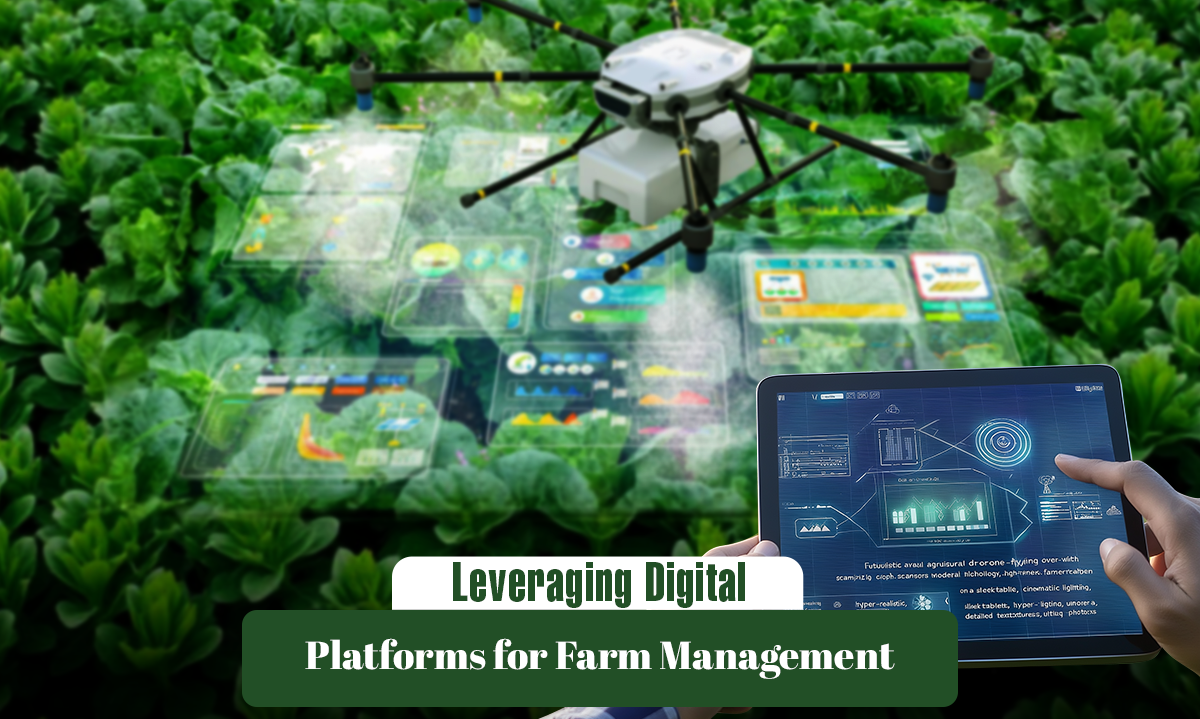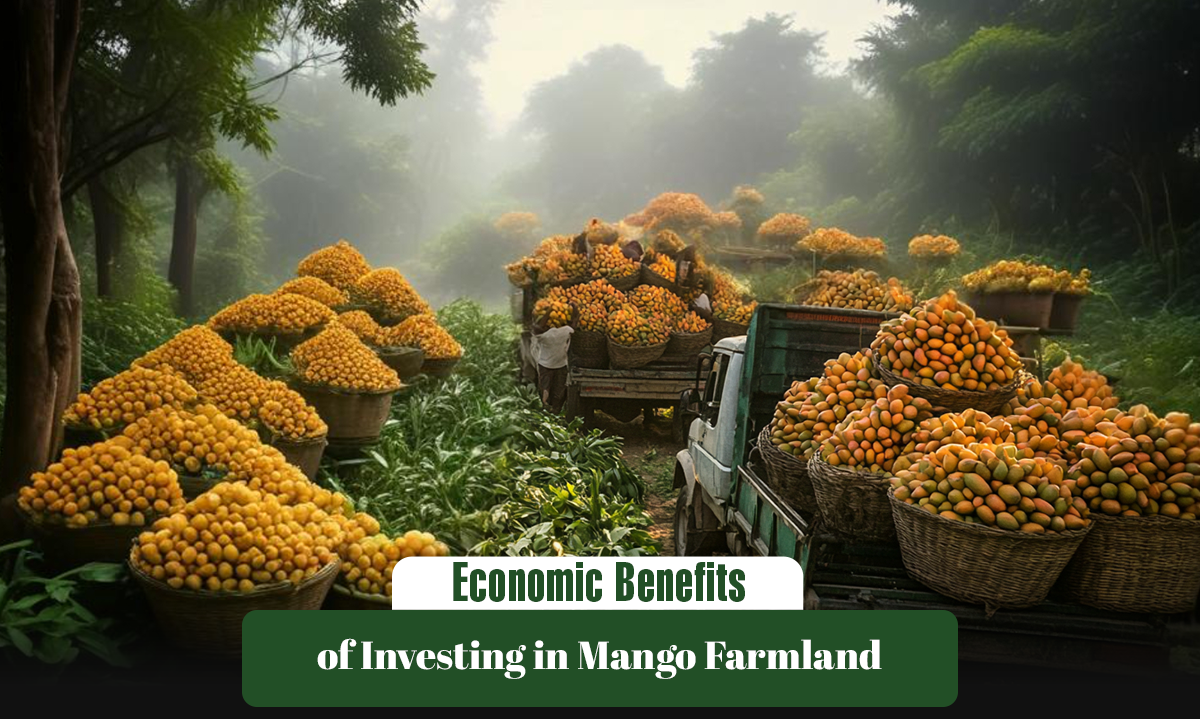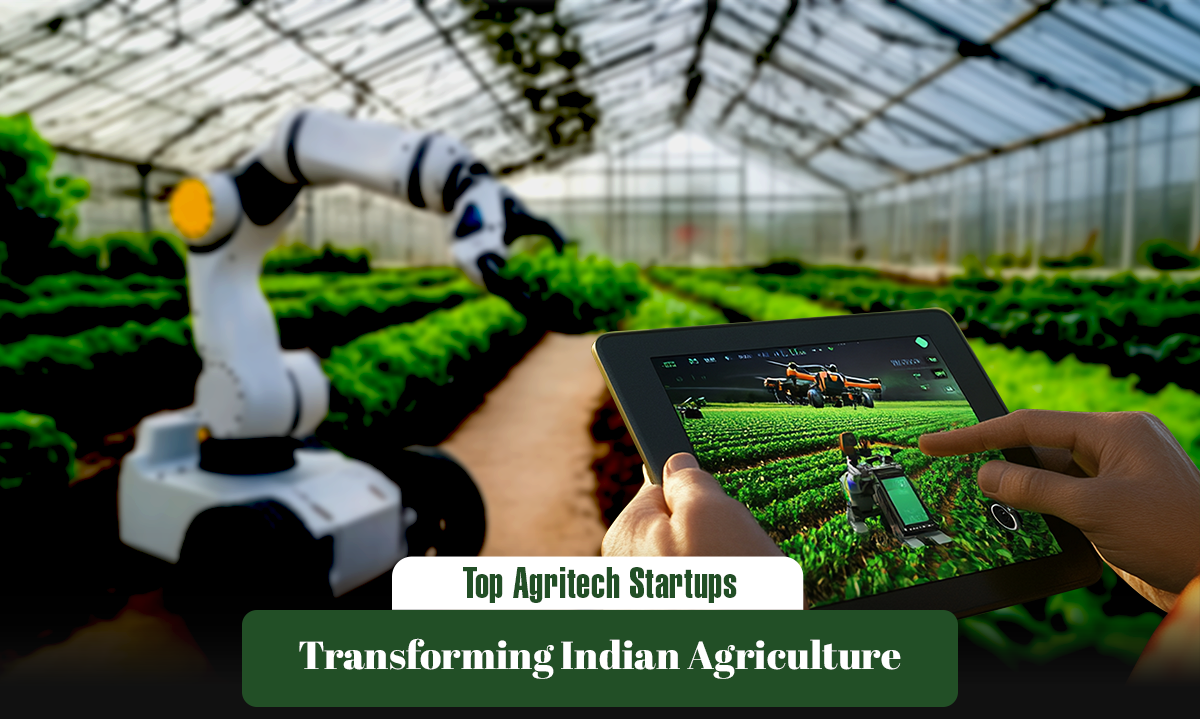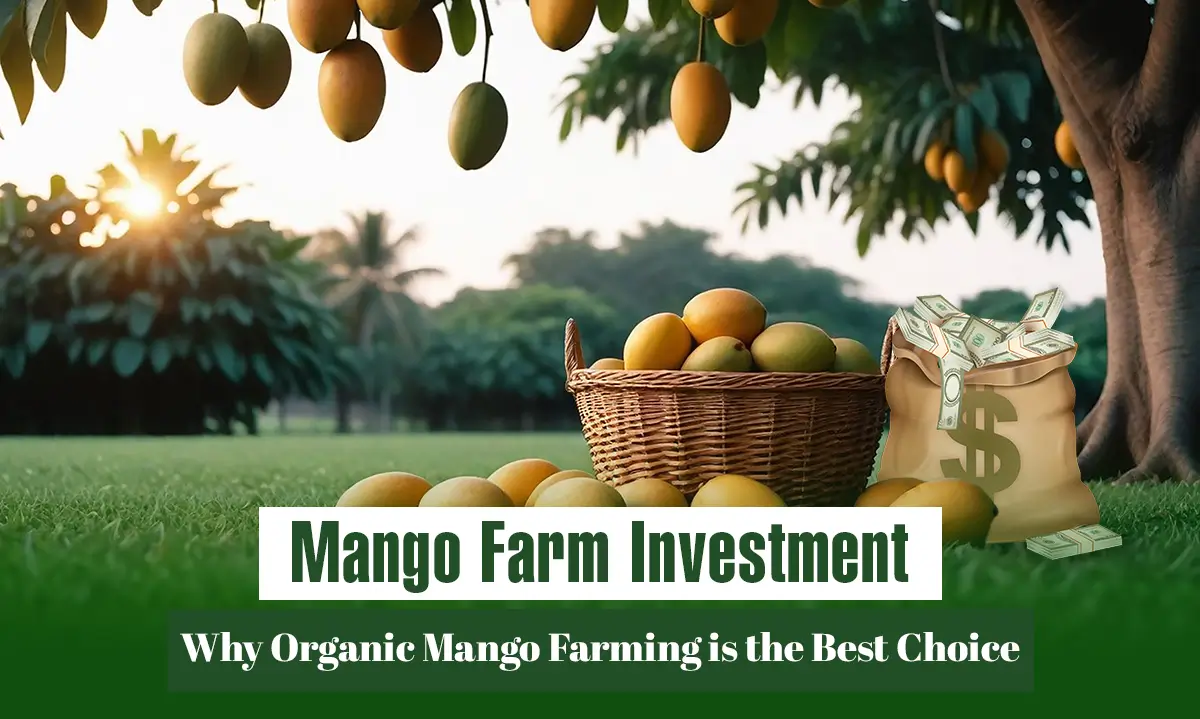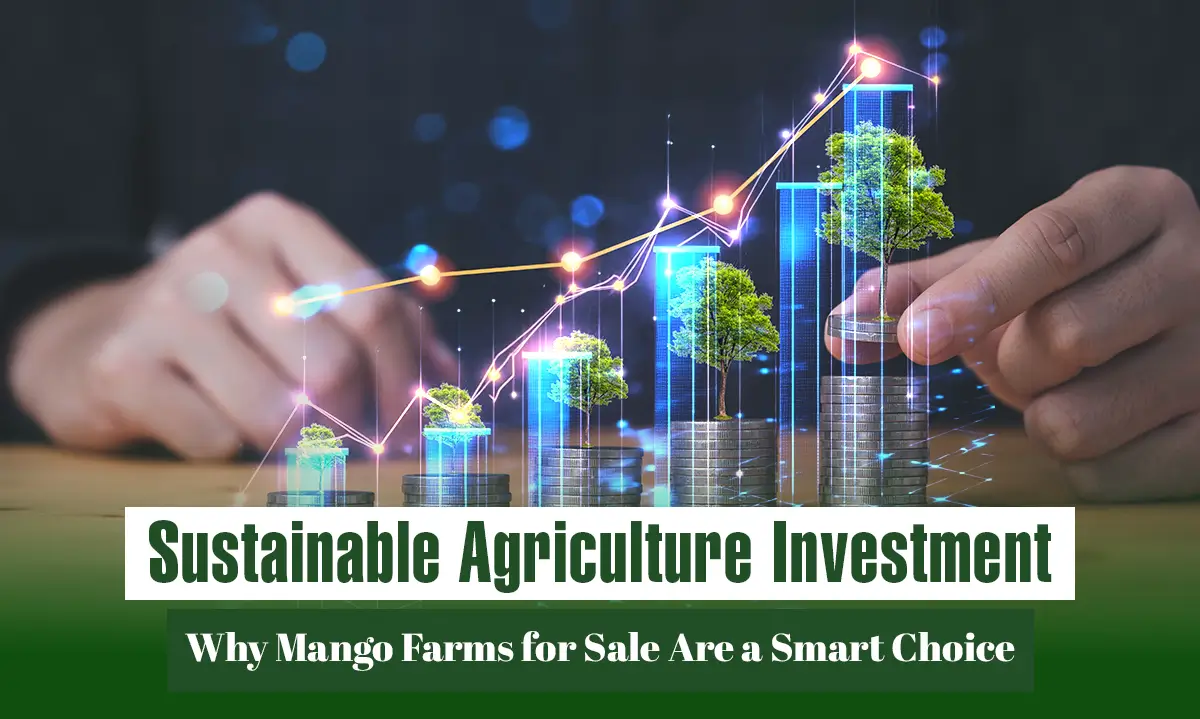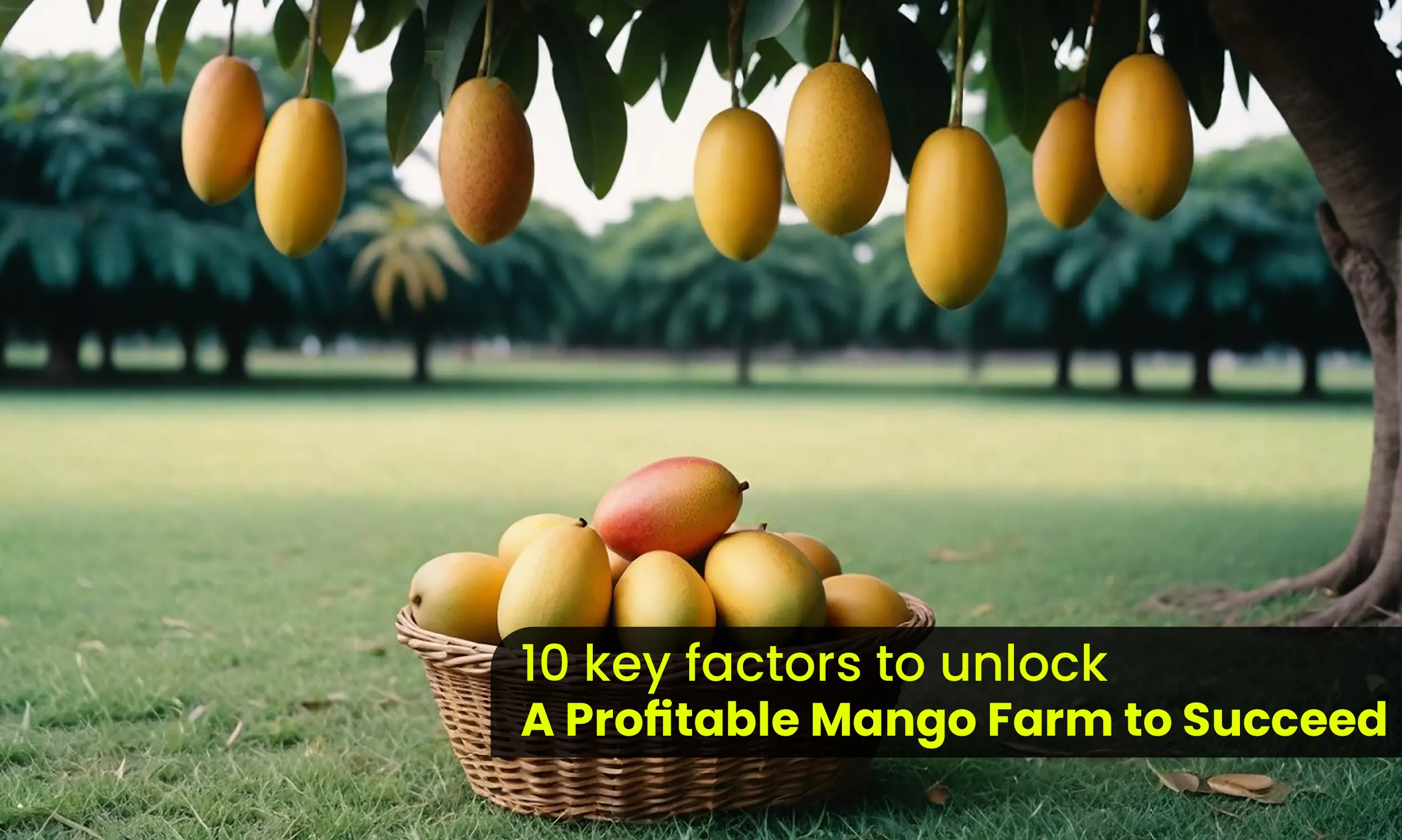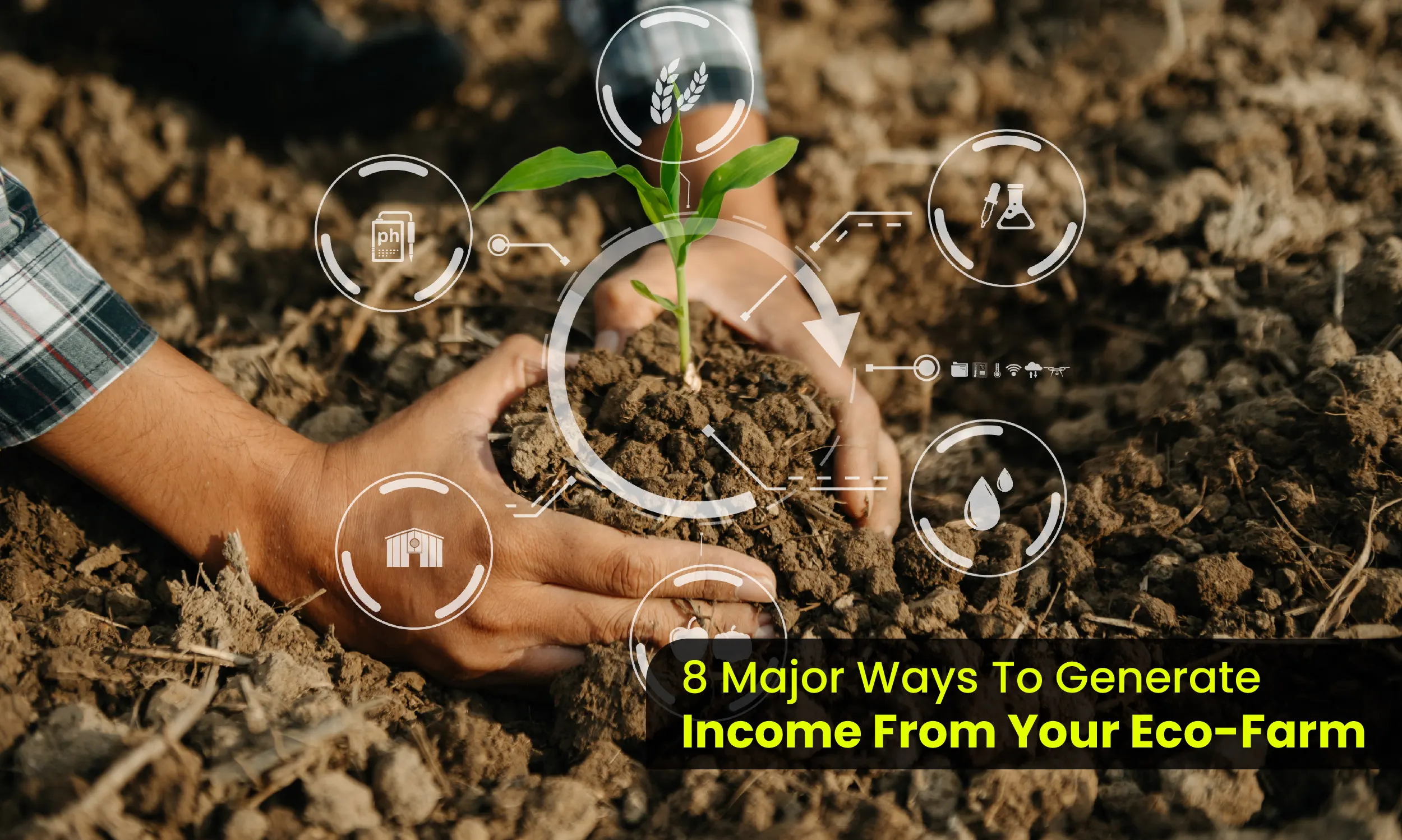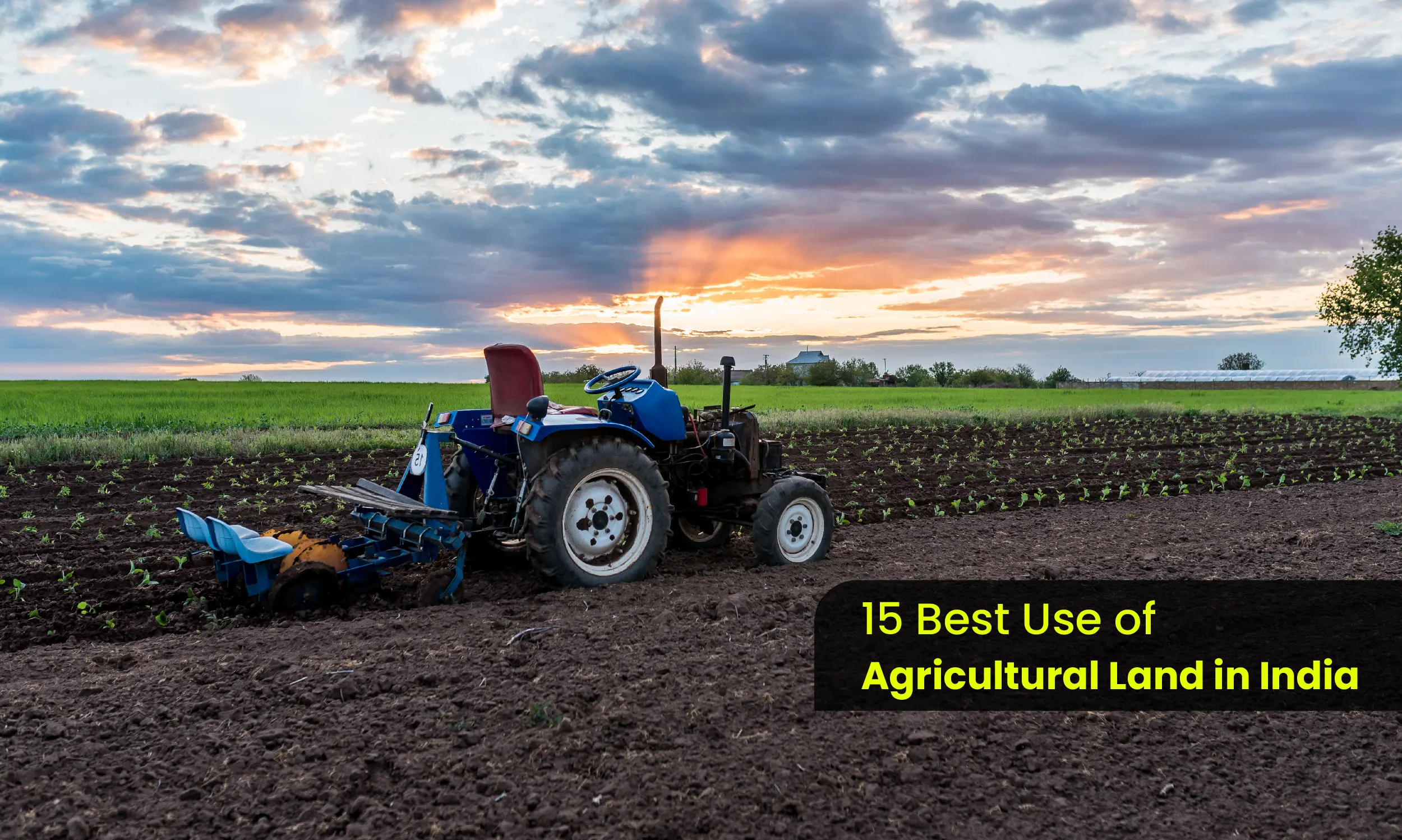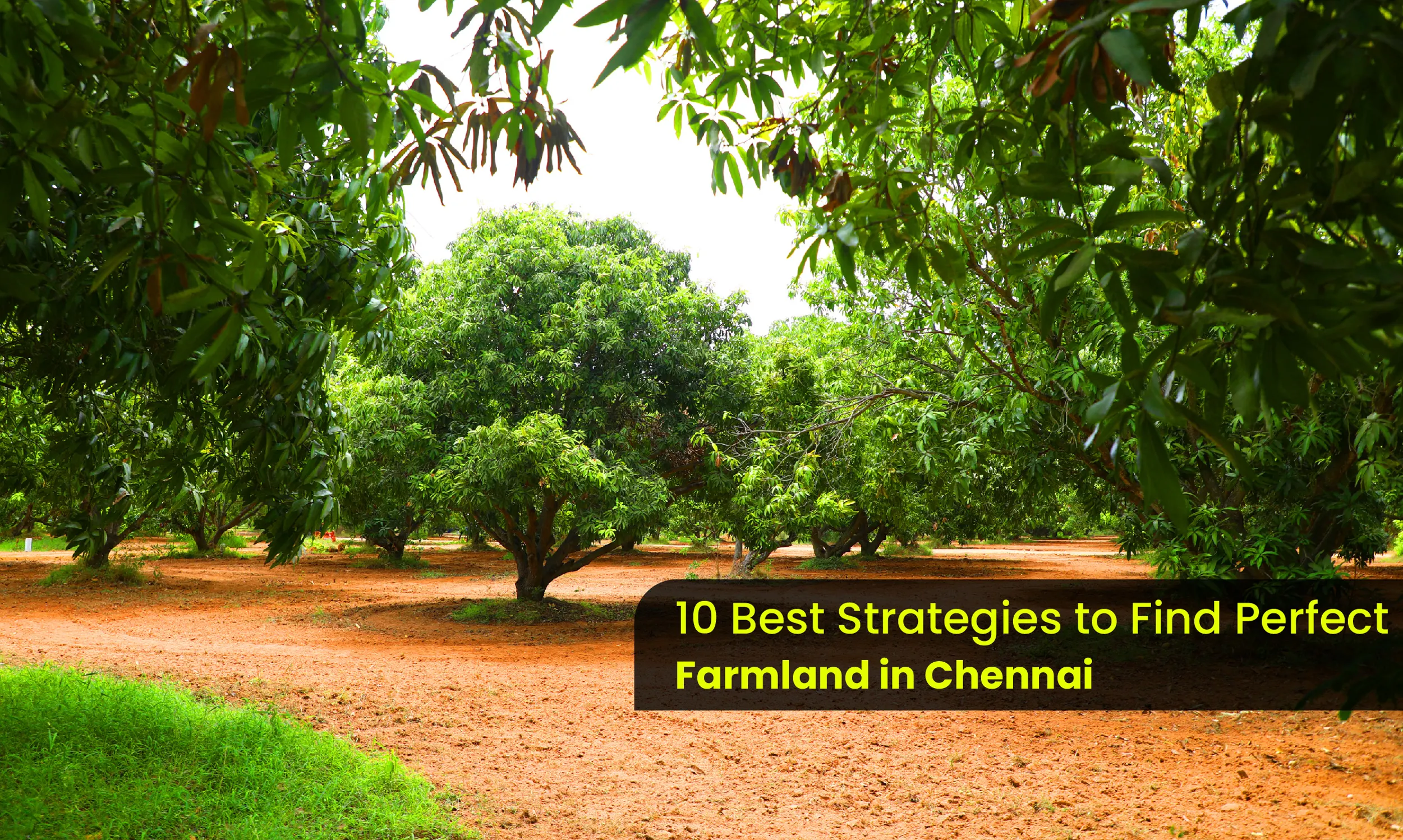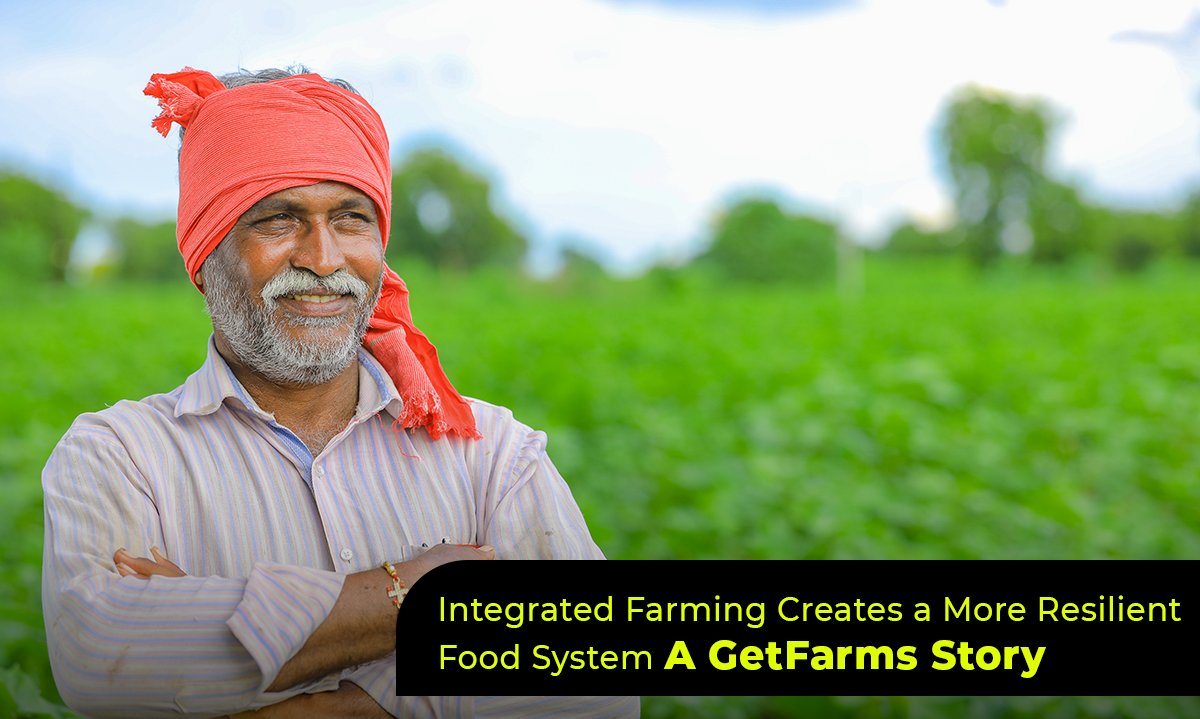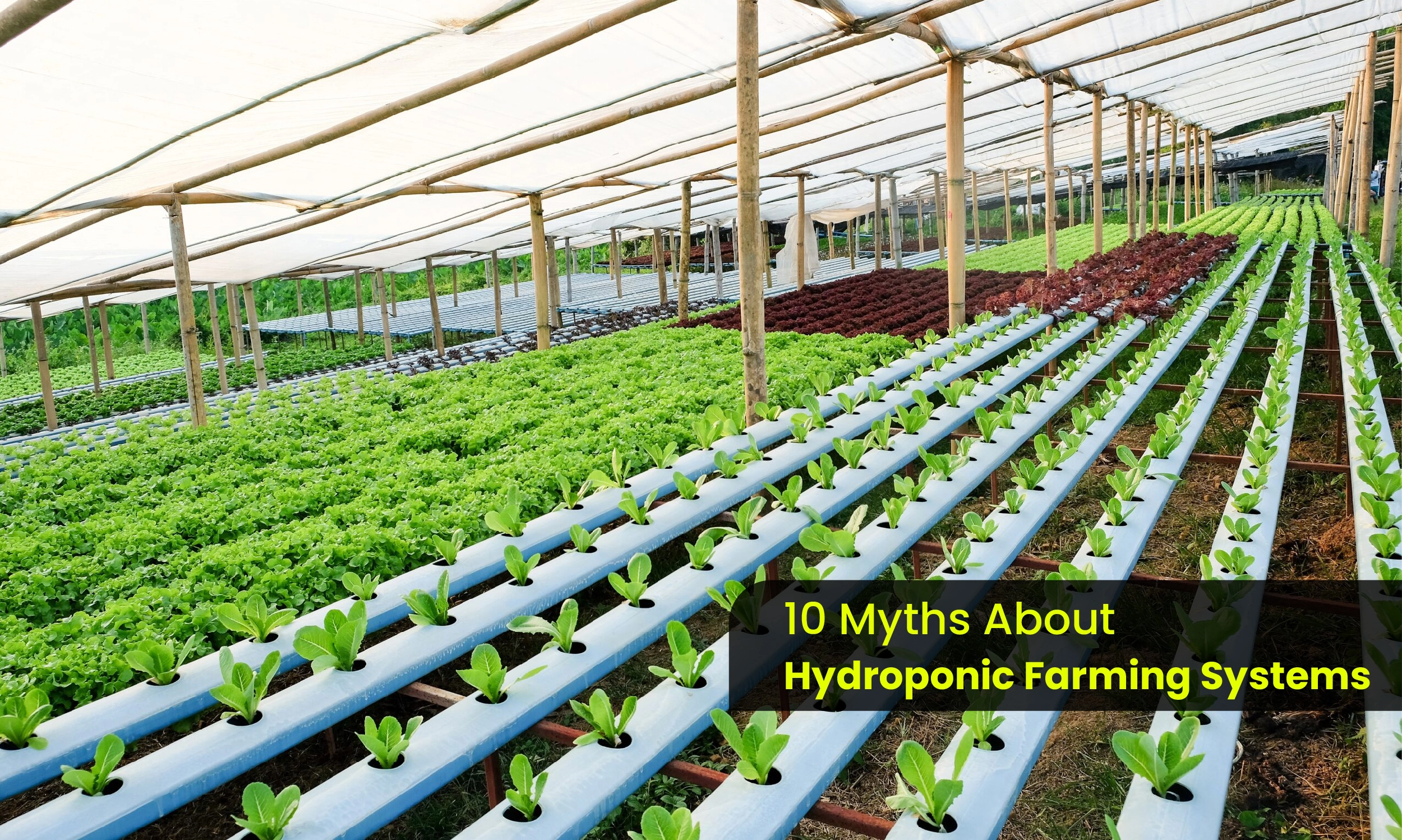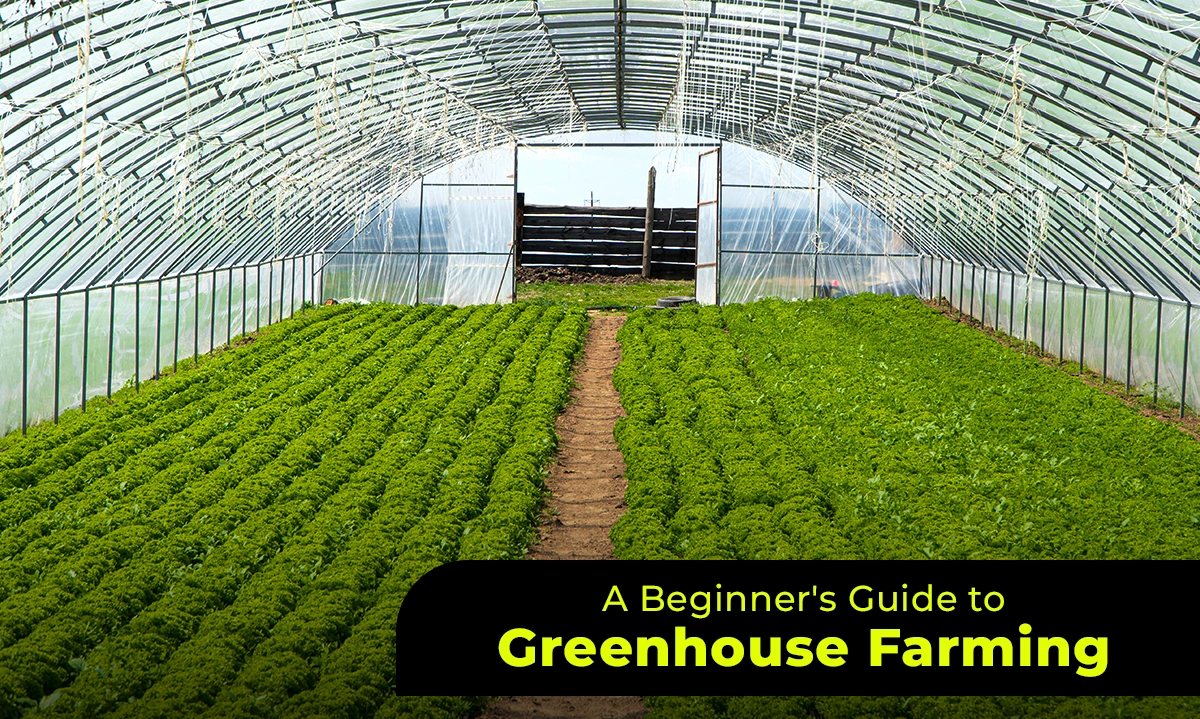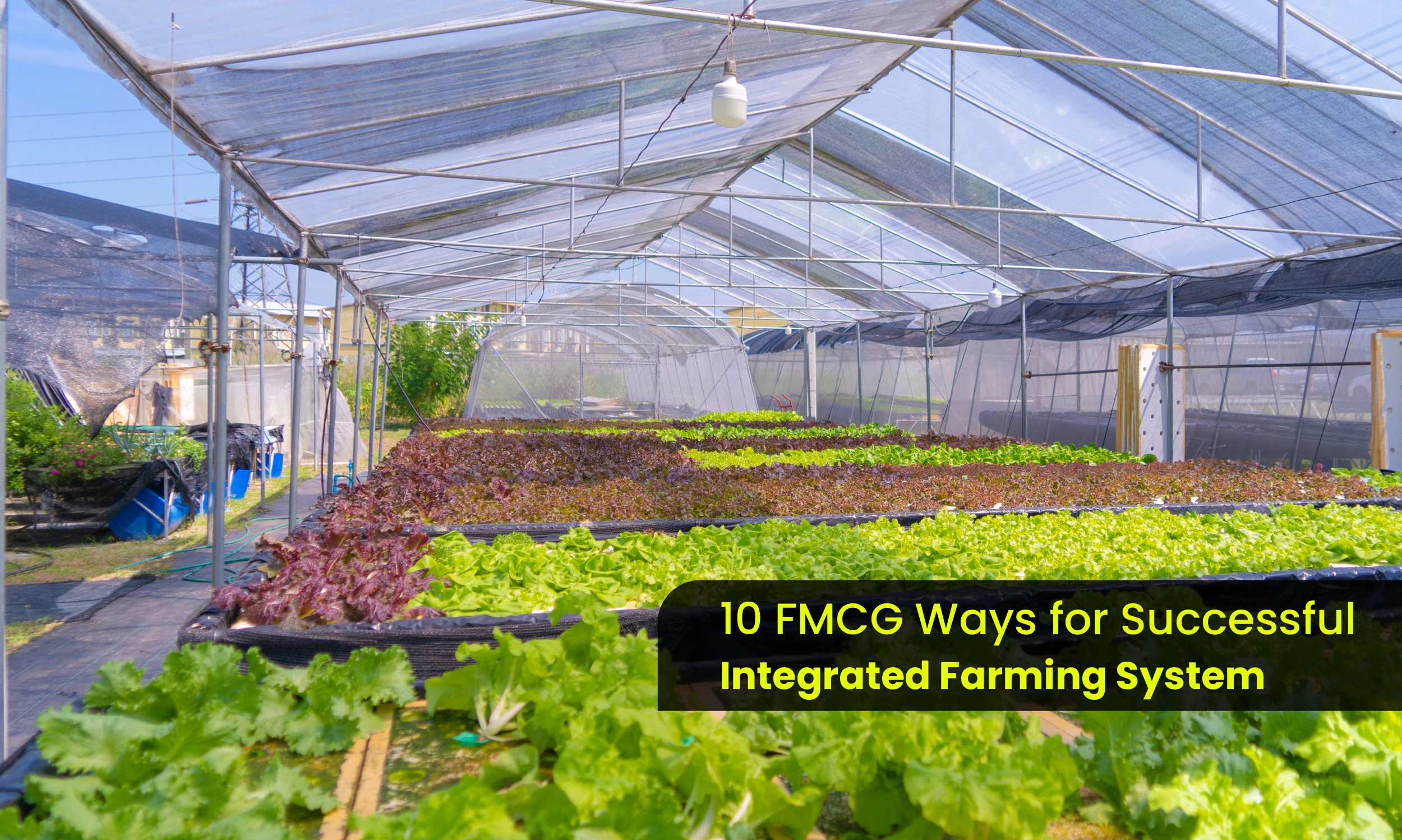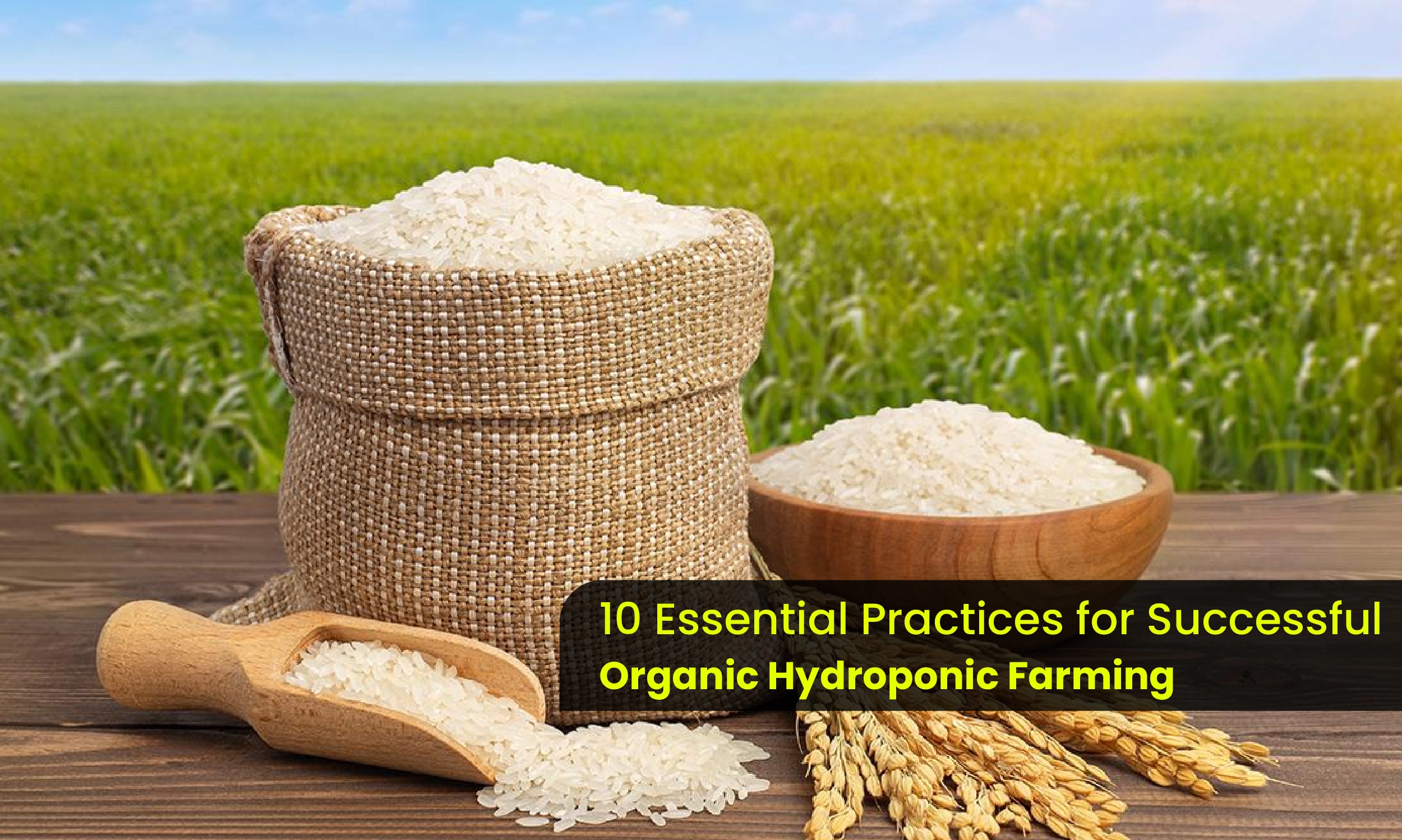Cultivating Efficiency: A Guide to Automated Greenhouse Systems
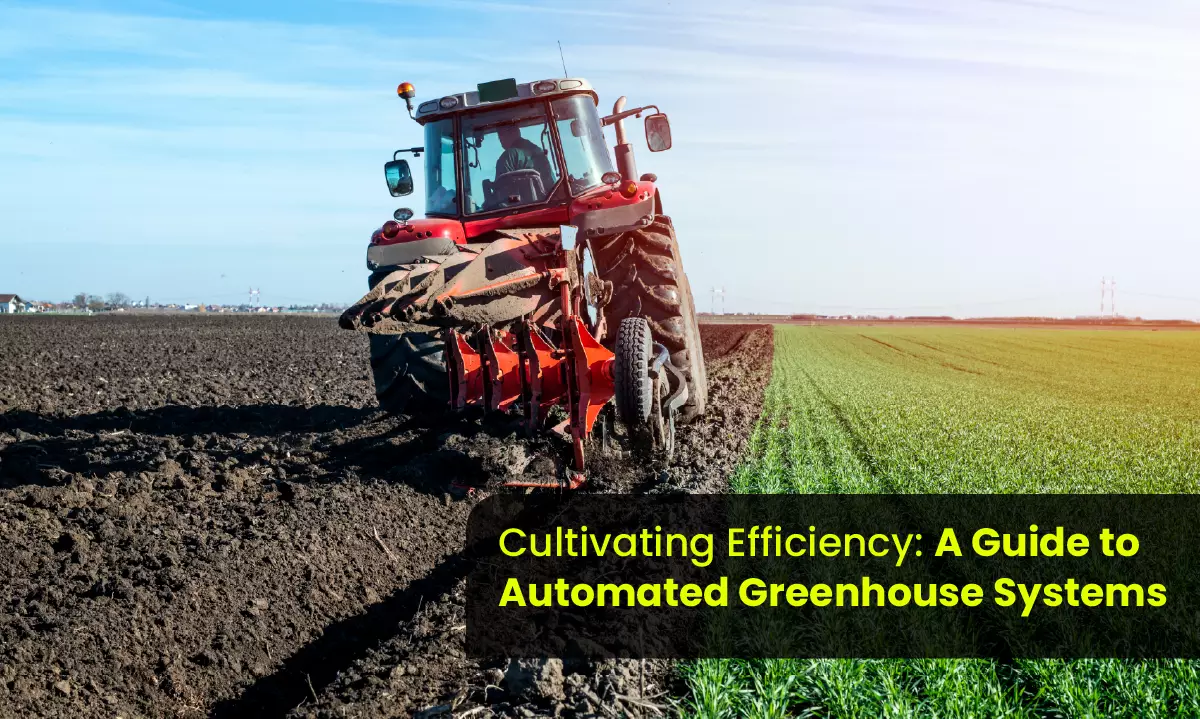
The controlled environment of a greenhouse allows you to cultivate a bounty of fruits, vegetables, and flowers year-round, regardless of the season's whims. But what if you could take your greenhouse to the next level of productivity and efficiency? Enter the realm of Greenhouse Automation Systems
Harnessing the Power of Automation
A greenhouse automation system acts as the central nervous system of your greenhouse farming chennai, continuously monitoring and adjusting various environmental factors to create an ideal growing environment for your plants. This translates to healthier crops, increased yields, and a significant reduction in manual labor.
The Core Components
At the heart of any Automated Greenhouse System lies a central controller. This "brain" receives data from a network of sensors strategically placed throughout the greenhouse. These sensors can monitor a multitude of factors, including:
Temperature: Maintaining optimal temperature ranges is crucial for plant growth and development. Sensors track temperature fluctuations and send signals to the controller, which then activates heating or cooling systems depending on the need.
Humidity: Precise humidity control is vital for preventing fungal diseases and ensuring proper transpiration in plants. Sensors monitor humidity levels, and the controller adjusts ventilation systems or foggers to maintain the desired range.
Light: Light intensity and duration significantly impact plant growth. Light sensors measure light levels, and the controller can automatically adjust artificial lighting systems to supplement natural sunlight.
Soil Moisture: Overwatering or underwatering can damage plants. Soil moisture sensors track moisture levels, and the controller activates irrigation systems when necessary, delivering the precise amount of water required.
Smart Greenhouse Automation Systems take automation a step further by utilizing sophisticated software and machine learning algorithms. These systems can analyze sensor data over time and adjust settings based on historical trends and weather forecasts. Additionally, they can integrate with remote monitoring platforms, allowing you to receive real-time updates and control the greenhouse environment from anywhere with an internet connection.
The Benefits of Automation Greenhouse System
Increased Efficiency and Productivity: Automated systems take over time-consuming tasks like temperature and humidity control, irrigation, and lighting adjustments. This frees up your valuable time and allows you to focus on other crucial aspects of your operation, like crop selection and pest management.Additionally, precise environmental control leads to healthier plants and increased yields.
Reduced Labor Costs: Automating repetitive tasks significantly reduces the need for manual labor. This can translate to substantial cost savings, especially in large-scale greenhouse operations.
Improved Resource Management: Automated systems ensure efficient use of resources like water, fertilizers, and energy. Sensors provide real-time data, allowing the system to optimize resource distribution and minimize waste.
Enhanced Crop Quality: Precise control over the growing environment leads to healthier, more vigorous plants. Consistent temperature, humidity, and lighting create optimal conditions for optimal growth, resulting in higher quality crops.
Remote Monitoring and Control: Smart automation systems with remote access capabilities give you complete control over your greenhouse environment, regardless of your physical location. This allows for quick intervention in case of any unexpected changes or potential problems.
Exploring Automated Greenhouse Systems
If you're considering incorporating automation into your greenhouse operation, several options are available. Here's a breakdown of some popular choices:
DIY Automation Systems: For hobbyists or small-scale growers, DIY systems offer a cost-effective entry point into greenhouse automation. These systems typically involve microcontrollers like Arduino boards connected to sensors and actuators, allowing for basic automation functionalities.
Pre-Packaged Automation Systems: Several companies offer pre-packaged greenhouse automation systems with pre-configured components for specific greenhouse sizes and plant types. These systems are usually easier to set up and use than DIY options and come with varying degrees of automation capabilities.
Fully Automated Greenhouses for Sale: For those seeking a turnkey solution, some companies offer fully automated greenhouses. These prefabricated greenhouse structures come equipped with a comprehensive automation system pre-installed and calibrated, offering the highest level of automation and control.
Finding the Right System
The ideal automated greenhouse system for you will depend on several factors, including:
The size and scale of your greenhouse operation: Larger greenhouses will likely require more sophisticated automation systems compared to smaller setups.
The type of crops you're growing: Different plants have specific environmental requirements, so your system should be able to cater to those needs.
Your budget: Automation systems range in price from basic DIY setups to fully automated greenhouse packages.
Conclusion
Automated greenhouse systems represent a powerful tool for growers seeking to optimize efficiency, reduce costs, and maximize yields. By understanding the core components, benefits, and available options, you can make an informed decision about incorporating automation into your greenhouse farming operation and cultivate a thriving success story.
Latest blogs
JOIN OUR COMMUNITY !
Stay connected with Getfarms! Follow us on social media for the latest updates, exclusive offers, and a glimpse into the world of farmhouse living. Join our community today
